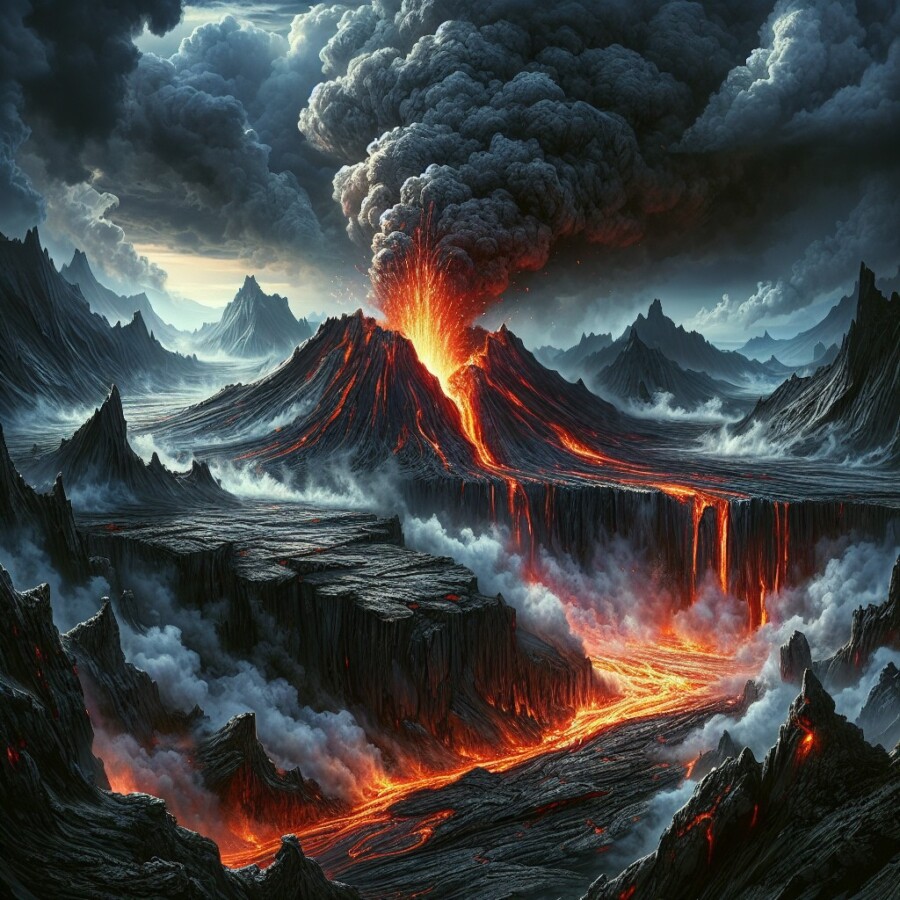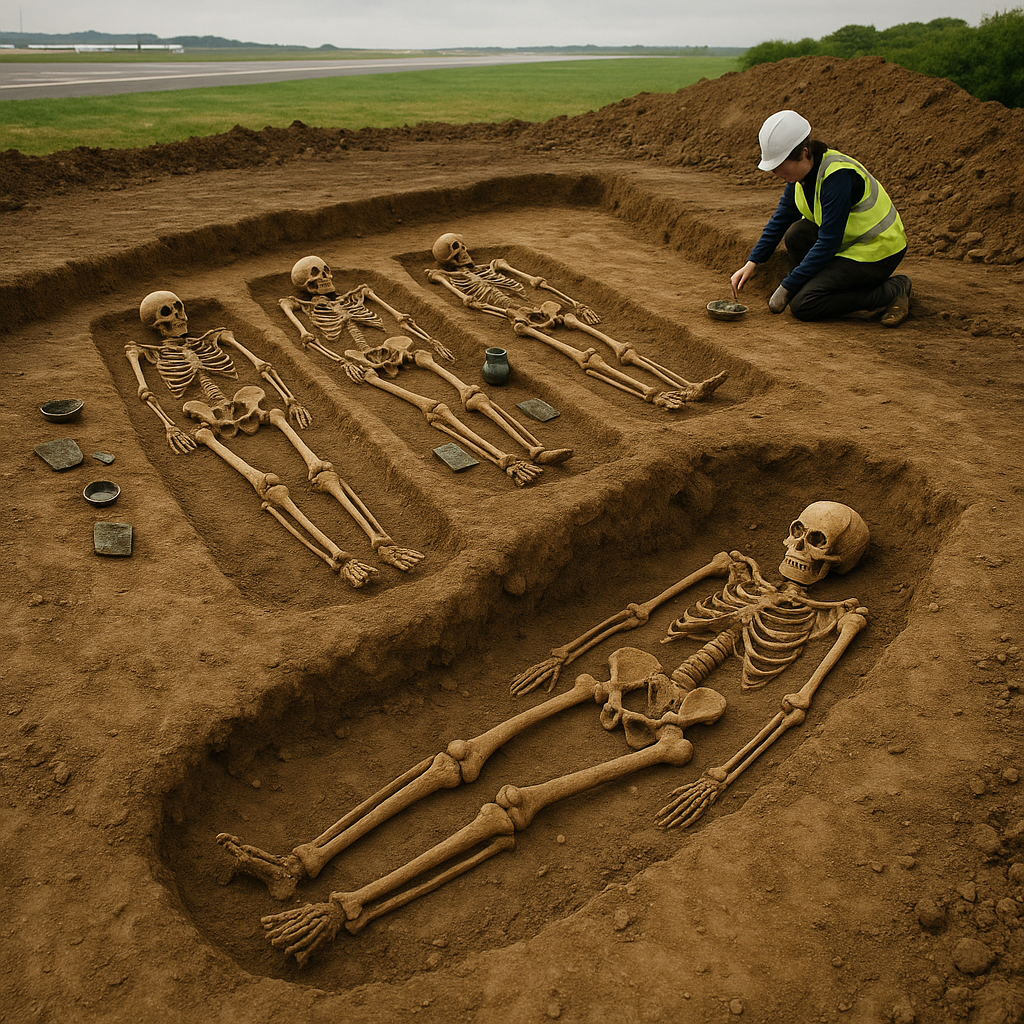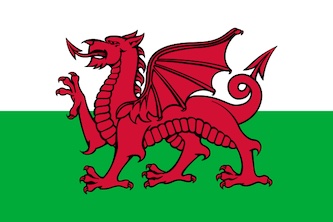The Arctic World Archive (AWA) is a special place in Svalbard, Norway, where important information is kept safe for the future. It’s located in an old coal mine near a small town called Longyearbyen. People from over 30 countries store their data there on special film. This helps protect the information from things like computer hacking and natural disasters because Svalbard is very remote.
The AWA has been collecting data for eight years and has over 100 different deposits. These include things like 3D pictures of the Taj Mahal and old books from the Vatican Library. A company called Piql helps by putting this information on film that can last a long time in the cold Arctic. Even GitHub, a place where people share computer code, stores important software there to keep it safe.
Experts worry that as technology changes, we might lose access to old files. The AWA helps by keeping data safe and easy to get back. With more and more data being created every day, new ways to store it are being tried, like using special glass or crystals. The AWA keeps getting new deposits, like recordings of rare languages, to make sure these important things are saved for the future.
Original news source: Visit the Arctic vault holding back-ups of great works (BBC)
🎧 Listen:
Slow
Normal
Fast
📖 Vocabulary:
| 1 | archive | A place where important things are stored |
| 2 | remote | Far away from other places |
| 3 | deposits | Things that are put in a safe place |
| 4 | film | A thin material used to store pictures or information |
| 5 | hacking | Breaking into computers to steal or change information |
| 6 | disasters | Bad events that cause a lot of damage |
| 7 | Vatican | A famous place in Rome where the Pope lives |
| 8 | software | Programs that run on computers |
| 9 | experts | People who know a lot about a subject |
| 10 | technology | Machines and tools that help us do things |
| 11 | crystals | Shiny, clear rocks that can be used to store data |
| 12 | recordings | Sounds or videos that are saved to listen to or watch later |
Group or Classroom Activities
Warm-up Activities:
– CHARADES
Instructions: Divide the class into small groups. Give each group a word or phrase related to the article (e.g., “Arctic World Archive,” “computer hacking,” “rare languages”). One student from each group will act out the word or phrase without speaking while their group guesses what it is.
– OPINION POLL
Instructions: Create a few opinion questions based on the article, such as “Do you think it’s important to store old data?” or “Should we use new technology to keep information safe?” Have students walk around the classroom and ask their classmates these questions, recording their answers to discuss later.
– SKETCH IT
Instructions: In pairs, give students a key term or concept from the article (like “Svalbard,” “data storage,” or “old books”). Students then have 3 minutes to draw a picture that represents the term. Afterward, they will show their drawings to the class and explain their choices.
– THINK-PAIR-SHARE
Instructions: Pose a question related to the article, such as “What do you think could happen if we lose access to old files?” Students will think about their answers individually, then pair up to discuss their thoughts before sharing with the whole class.
– HEADLINE CREATION
Instructions: Ask students to come up with a catchy headline for the article that captures its main idea. Encourage creativity and clarity in their headlines. Students can share their headlines with the class, and the teacher can write them on the board for discussion.
🤔 Comprehension Questions:
1. What is the Arctic World Archive (AWA) and where is it located?
2. Why do people from different countries store their data at the AWA?
3. How does the AWA protect information from being lost?
4. Can you name something that is stored at the AWA?
5. Who helps put the information on film for the AWA?
6. What do experts worry about when it comes to old files and technology?
7. What are some new ways being tried to store data for the future?
Go to answers ⇩
🎧✍️ Listen and Fill in the Gaps:
The Arctic World Archive (AWA) is a special place in Svalbard, Norway, where important information is (1)______ safe for the future. It’s (2)______ in an old coal mine near a (3)______ town called Longyearbyen. People from over 30 countries store their data there on special film. This helps protect the information from things like computer hacking and natural disasters because Svalbard is very remote.
The AWA has been (4)______ data for eight years and has over 100 different deposits. These include things like 3D pictures of the Taj Mahal and old (5)______ from the Vatican (6)______. A company called Piql helps by (7)______ this information on film that can last a long time in the cold (8)______. Even GitHub, a place where people share computer code, stores important software there to keep it safe.
Experts worry that as technology (9)______, we might lose access to old files. The AWA helps by keeping data safe and easy to get back. With (10)______ and more data being created every day, new (11)______ to store it are being tried, like using special glass or crystals. The AWA keeps getting new deposits, like recordings of rare (12)______, to make sure these important things are saved for the future.
Go to answers ⇩
💬 Discussion Questions:
Students can ask a partner these questions, or discuss them as a group.
1. What is a special place where important information is kept safe for the future?
2. Do you think it is important to keep old books and pictures safe? Why or why not?
3. How would you feel if you lost something very important to you?
4. Do you like the idea of using film to store information? Why or why not?
5. What is a natural disaster? Can you name one?
6. Do you think it is good to store data in a cold place like Svalbard? Why?
7. Have you ever lost something that you wanted to keep forever? What was it?
8. What is a computer hack? Why do you think people do that?
9. Do you think it is important to save rare languages? Why or why not?
10. How would you feel if you could not access old files and information anymore?
11. Do you like learning about new technology? Why or why not?
12. What is something you would want to keep safe for the future? Why is it important to you?
Individual Activities
📖💭 Vocabulary Meanings:
Match each word to its meaning.
Words:
1. archive
2. remote
3. deposits
4. film
5. hacking
6. disasters
7. Vatican
8. software
9. experts
10. technology
11. crystals
12. recordings
Meanings:
(A) A place where important things are stored
(B) Shiny, clear rocks that can be used to store data
(C) Machines and tools that help us do things
(D) People who know a lot about a subject
(E) Things that are put in a safe place
(F) Breaking into computers to steal or change information
(G) Sounds or videos that are saved to listen to or watch later
(H) Bad events that cause a lot of damage
(I) Far away from other places
(J) Programs that run on computers
(K) A thin material used to store pictures or information
(L) A famous place in Rome where the Pope lives
Go to answers ⇩
🔡 Multiple Choice Questions:
1. Where is the Arctic World Archive located?
(a) Oslo, Norway
(b) Stockholm, Sweden
(c) Svalbard, Norway
(d) Reykjavik, Iceland
2. What is the purpose of the Arctic World Archive?
(a) To keep important information safe
(b) To build new coal mines
(c) To create movies
(d) To store food
3. How long has the Arctic World Archive been collecting data?
(a) Five years
(b) Ten years
(c) Eight years
(d) Three years
4. What type of information is stored in the Arctic World Archive?
(a) Only computer games
(b) Just photographs
(c) Only music files
(d) 3D pictures and old books
5. Who helps to put the information on film at the AWA?
(a) The government of Norway
(b) A company called Piql
(c) Local schools
(d) Tourists visiting Svalbard
6. Why do experts worry about old files?
(a) They are too big to store
(b) We might lose access to them
(c) They are not interesting
(d) They are too easy to find
7. What new ways to store data are being tried?
(a) Using special glass or crystals
(b) Storing everything in the cloud
(c) Writing on paper
(d) Keeping it on USB drives
8. What kind of new deposits does the AWA keep getting?
(a) New video games
(b) Old newspapers
(c) Pictures of animals
(d) Recordings of rare languages
Go to answers ⇩
🕵️ True or False Questions:
1. Piql is not the company that helps put information on film.
2. The AWA has been collecting data for eight years.
3. The AWA collects new deposits like recordings of rare languages.
4. The AWA keeps important information safe for the future.
5. The information is kept on special film to protect it.
6. The Arctic World Archive is not in Svalbard, Norway.
7. Less than 30 countries store their data at the AWA.
8. GitHub does not store important software at the AWA.
Go to answers ⇩
📝 Write a Summary:
Write a summary of this news article in two sentences.
Check your writing now with the best free AI for English writing!
Writing Questions:
Answer the following questions. Write as much as you can for each answer.
Check your answers with our free English writing assistant!
1. What is the Arctic World Archive (AWA) and where is it located?
2. Why do people store their data at the AWA?
3. What kind of things are kept in the AWA?
4. Who helps put the information on film at the AWA?
5. Why do experts think it is important to keep old files safe?
✅ Answers
🤔✅ Comprehension Question Answers:
1. What is the Arctic World Archive (AWA) and where is it located?
The Arctic World Archive (AWA) is a place in Svalbard, Norway, where important information is kept safe for the future. It is in an old coal mine near a town called Longyearbyen.
2. Why do people from different countries store their data at the AWA?
People store their data at the AWA because it helps protect the information from computer hacking and natural disasters.
3. How does the AWA protect information from being lost?
The AWA protects information by keeping it on special film that lasts a long time in the cold Arctic.
4. Can you name something that is stored at the AWA?
One thing stored at the AWA is 3D pictures of the Taj Mahal.
5. Who helps put the information on film for the AWA?
A company called Piql helps put the information on film for the AWA.
6. What do experts worry about when it comes to old files and technology?
Experts worry that as technology changes, we might lose access to old files.
7. What are some new ways being tried to store data for the future?
Some new ways to store data for the future include using special glass or crystals.
Go back to questions ⇧
🎧✍️✅ Listen and Fill in the Gaps Answers:
(1) kept
(2) located
(3) small
(4) collecting
(5) books
(6) Library
(7) putting
(8) Arctic
(9) changes
(10) more
(11) ways
(12) languages
Go back to questions ⇧
📖💭✅ Vocabulary Meanings Answers:
1. archive
Answer: (A) A place where important things are stored
2. remote
Answer: (I) Far away from other places
3. deposits
Answer: (E) Things that are put in a safe place
4. film
Answer: (K) A thin material used to store pictures or information
5. hacking
Answer: (F) Breaking into computers to steal or change information
6. disasters
Answer: (H) Bad events that cause a lot of damage
7. Vatican
Answer: (L) A famous place in Rome where the Pope lives
8. software
Answer: (J) Programs that run on computers
9. experts
Answer: (D) People who know a lot about a subject
10. technology
Answer: (C) Machines and tools that help us do things
11. crystals
Answer: (B) Shiny, clear rocks that can be used to store data
12. recordings
Answer: (G) Sounds or videos that are saved to listen to or watch later
Go back to questions ⇧
🔡✅ Multiple Choice Answers:
1. Where is the Arctic World Archive located?
Answer: (c) Svalbard, Norway
2. What is the purpose of the Arctic World Archive?
Answer: (a) To keep important information safe
3. How long has the Arctic World Archive been collecting data?
Answer: (c) Eight years
4. What type of information is stored in the Arctic World Archive?
Answer: (d) 3D pictures and old books
5. Who helps to put the information on film at the AWA?
Answer: (b) A company called Piql
6. Why do experts worry about old files?
Answer: (b) We might lose access to them
7. What new ways to store data are being tried?
Answer: (a) Using special glass or crystals
8. What kind of new deposits does the AWA keep getting?
Answer: (d) Recordings of rare languages
Go back to questions ⇧
🕵️✅ True or False Answers:
1. Piql is not the company that helps put information on film. (Answer: False)
2. The AWA has been collecting data for eight years. (Answer: True)
3. The AWA collects new deposits like recordings of rare languages. (Answer: True)
4. The AWA keeps important information safe for the future. (Answer: True)
5. The information is kept on special film to protect it. (Answer: True)
6. The Arctic World Archive is not in Svalbard, Norway. (Answer: False)
7. Less than 30 countries store their data at the AWA. (Answer: False)
8. GitHub does not store important software at the AWA. (Answer: False)
Go back to questions ⇧













